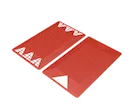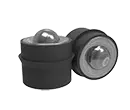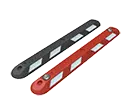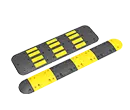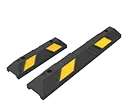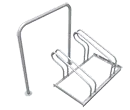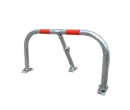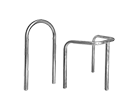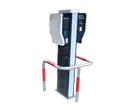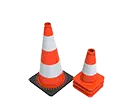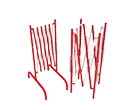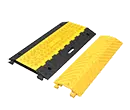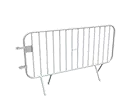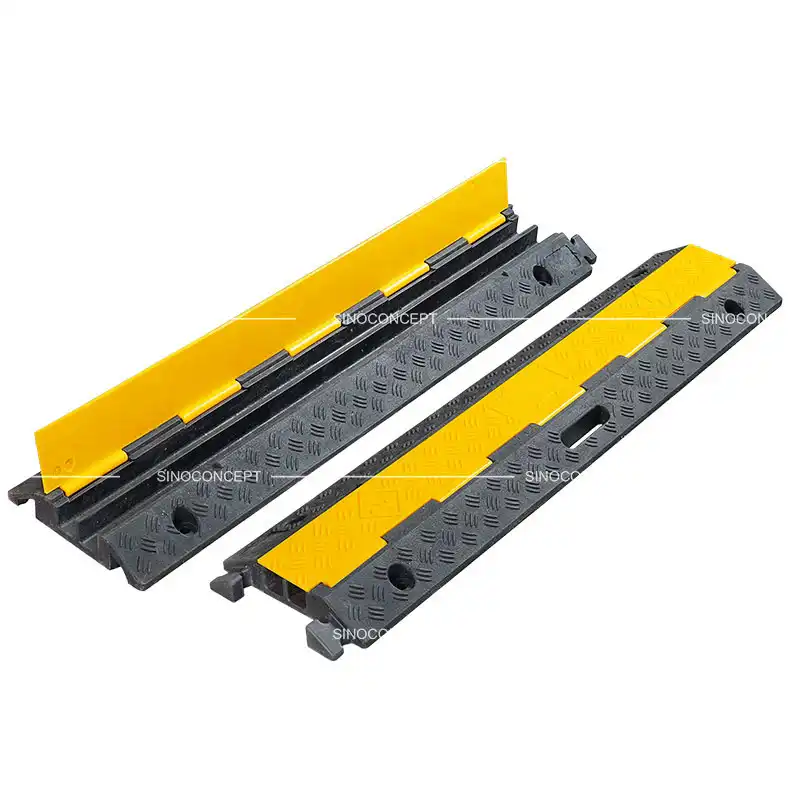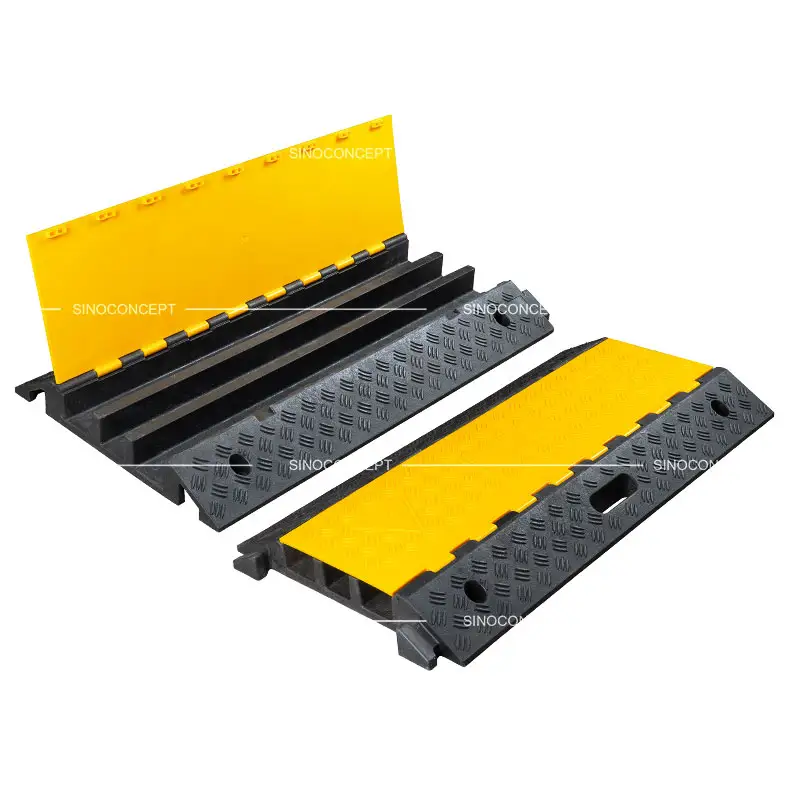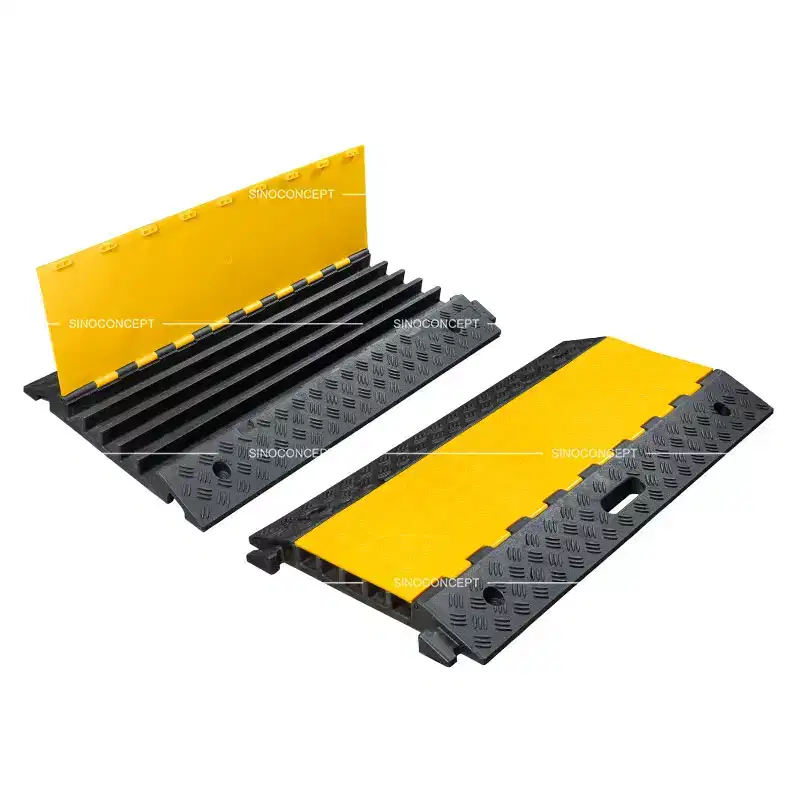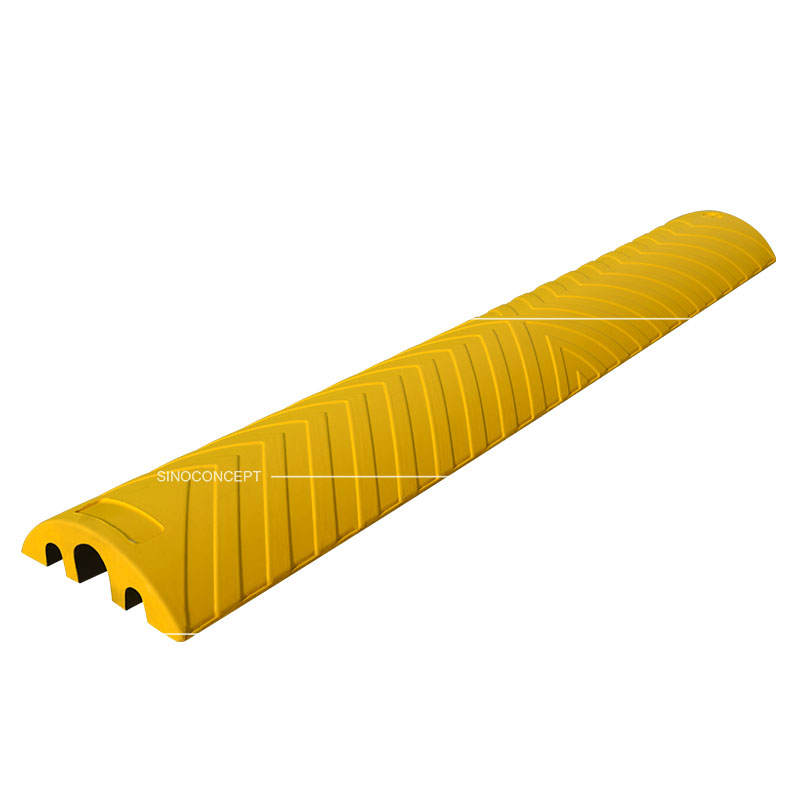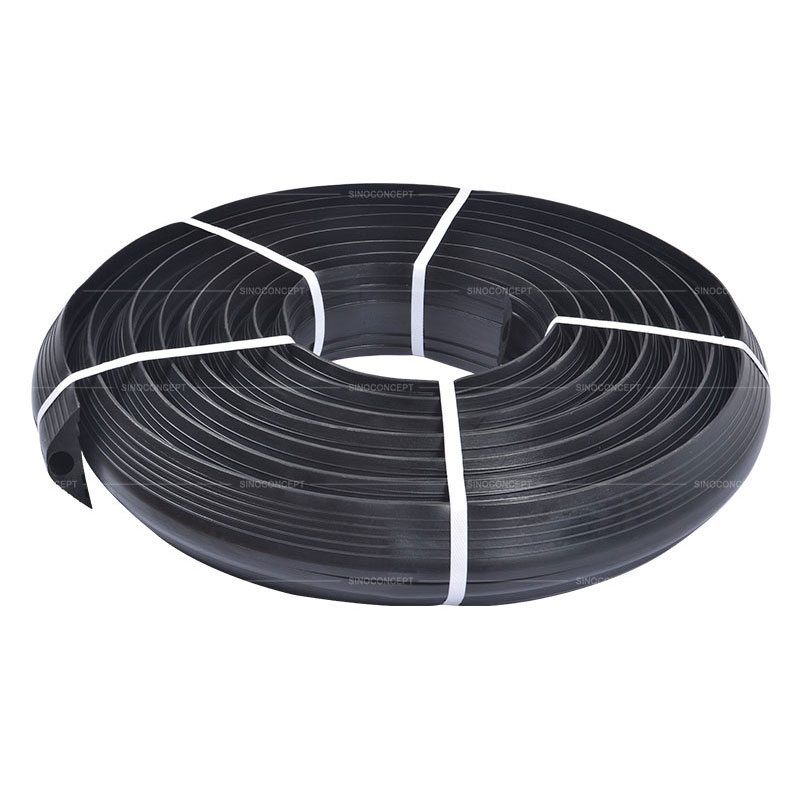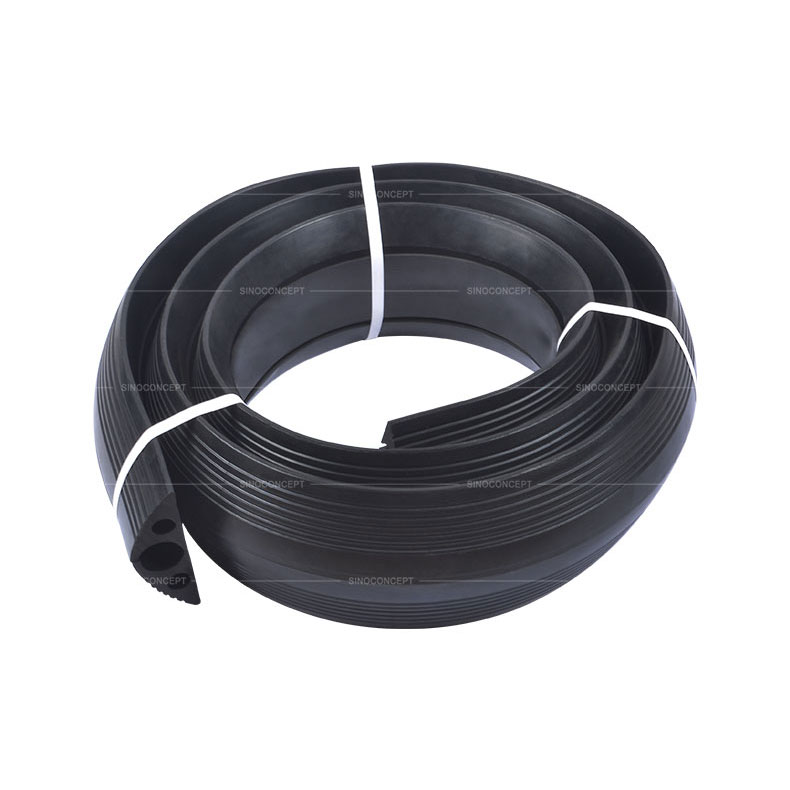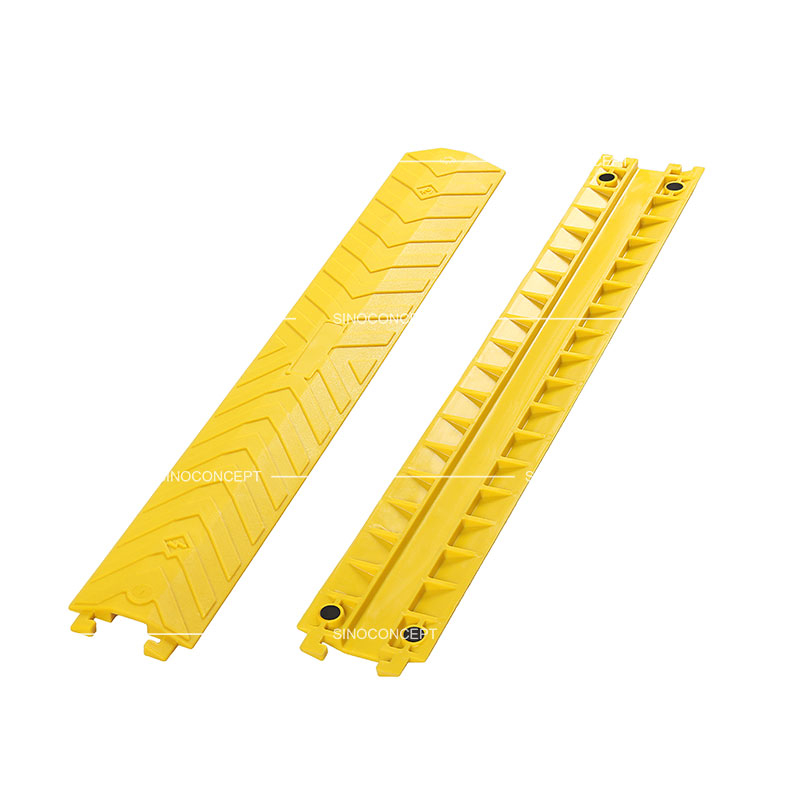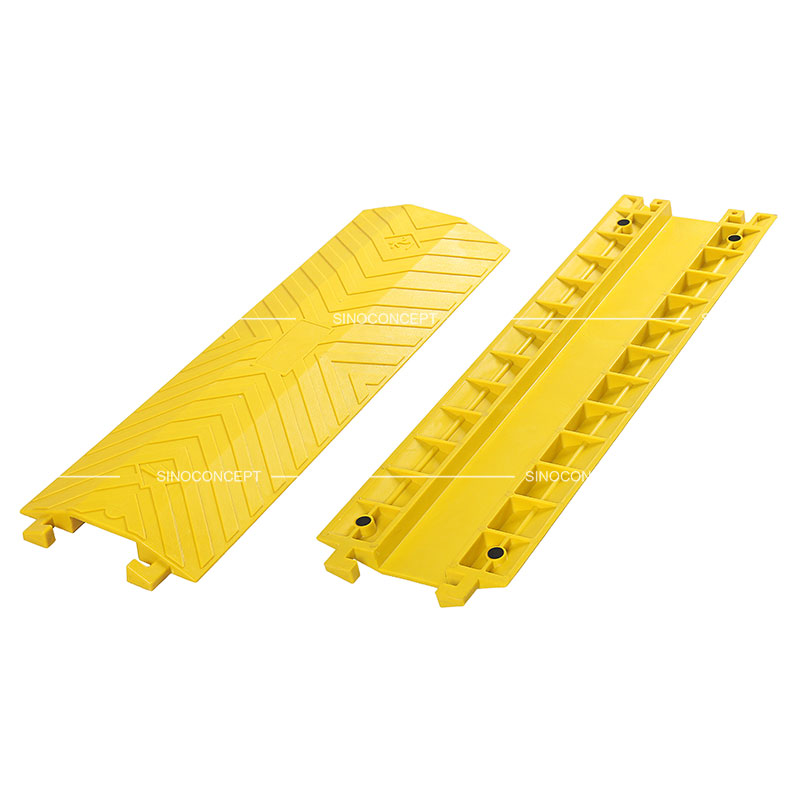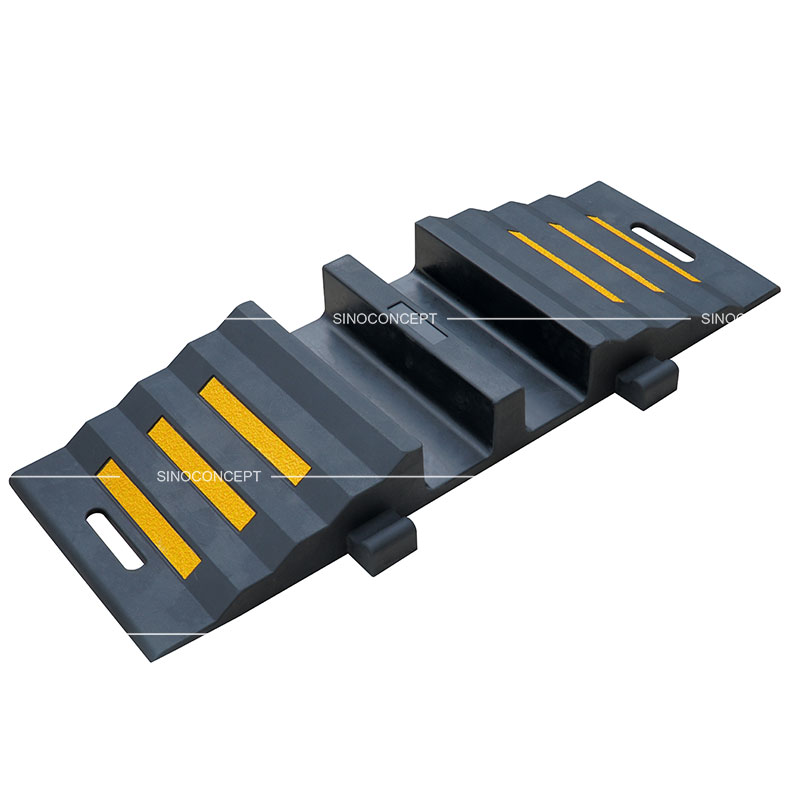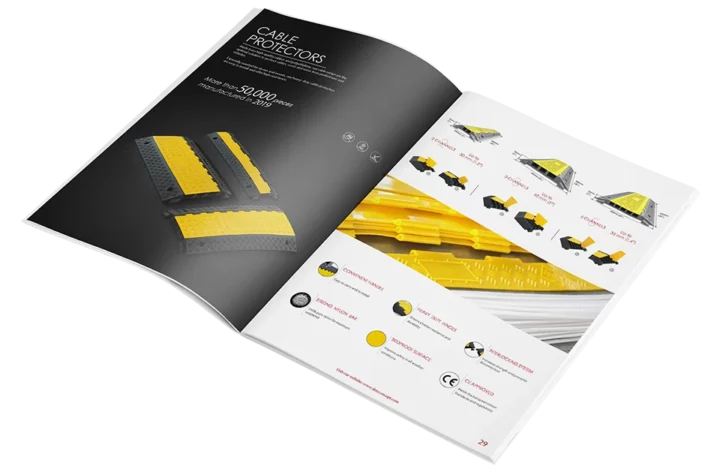Cable covers and cable protectors
Cable protectors are essential event management products used to protect cables and wires on indoor and outdoor applications. To sufficiently protect and manage your cables, we at Sino Concept offer supplies of rubber cable protectors and ramps at low factory-direct prices without compromising their resistance.
-
Cable ramp – 2 channels
$15.90 – $21.90 -
Cable ramp – 3 channels
$38.60 – $47.00 -
Cable ramp – 5 channels
$32.50 – $38.80 -
Floor cable cover – 3 channels
$113.20 -
Hose protector ramp
$43.60
How do we design our rubber cable cover & our outdoor cable protector?
We designed our cable protectors with integrated handles for better grip and handling at worksites or events.
Thanks to our careful quality control and wisely selected rubber raw materials, our cable ramps are used by professionals who wish to hide conveniently, protect, and manage electric cables and wires.
Cable and cord protectors are used by multiple businesses, such as:
- Event agencies;
- Public works companies;
- Construction equipment rental companies;
- Temporary roadworks or traffic management companies, and so on.
Discover our cable covers made of vulcanised rubber and flexible PU below. Also, please contact our sales team for further information on our event and cable management accessories.
We at Sino Concept are thrilled to assist in helping you succeed in your business.
Since 2009, we have produced our cable covers, ramps and cable protector accessories in our in-house factories in Qingdao, China.
And thanks to our over twelve years of manufacturing experience, we understand the high importance of supplying you with superior-quality cable protectors at cost-effective prices.
We manufacture every year more than 50 000 vulcanised rubber cable protectors.
Indeed, our yellow and black cable colour protectors are among our best-selling products.
Mainly, we supply our cable ramps and polyurethane (PU) indoor wire covers to Europe, the United Kingdom (UK), France, Germany, and other countries worldwide.
We can offer a fantastic selection of rubber cable protectors and cord covers for sale online.
And we at Sino Concept split our heavy-duty cable ramp and lightweight electrical cable guard range into two main categories.
1. Temporary (events, roadworks, industrial) outdoor and indoor cable management purposes with heavy-duty vulcanised rubber cable protectors:
- 1200 mm cable protector ramp (Polyurethane).
2. Indoor (such as an office, warehouse, or industrial) wire and cord protection with lightweight Polyurethane (PU) cable protectors and wire guards:
Where to use our rubber outdoor cable ramps?
Besides outdoor applications, our heavy-duty cable ramps and protectors are also suitable for indoor use at music and sports events or industrial use in factories and warehouses. Also, our cable ramp systems are ideal for two-way use:
- Cover as many cables as there are channels available;
- And as a speed bump to reduce vehicle speeds while protecting cables beneath the sturdy plastic cover.
Good to know; We manufacture our heavy-duty line protectors of 100% pure vulcanised rubber. And to ensure the success of your cable management supplies, we produce our cable ramps to withstand heavy vehicle weights up to 9000 kg per axle.
Thanks to the sturdy rubber material, our cable covers allow long-lasting cable protection through harsh weather conditions.
This makes them an excellent choice for short-term and long-term industrial cable and temporary traffic management works.
Please check our product pages and catalogue for further information on our power-cable protectors and covers. Also, if you are interested in acquiring cable security equipment directly from a manufacturer, contact our European sales and management team.
We at Sino Concept are delighted to assist you as an event management equipment and cable protection accessories producer.
Why choose outdoor cable guards and wire covers by Sino Concept?

Quality cable cover floor with EU standard
Thanks to our know-how of cable protection and manufacturing experience, our vulcanised cable ramps are the best to guarantee the safety of any cables and cords.
Also, we produce our cable covers with a non-slip textured surface that allows our rubber ramps to withstand frequent pedestrian and vehicle traffic.
Indeed, our rubber cable ramps‘ non-slip textured cover prevents slipping accidents for pedestrians, motorists and bicyclists.
In addition, as a tip, if you are in an event or temporary roadworks sector: you can also protect and delimit work zones or trade show areas with our galvanised steel crowd barriers.

Purchase outdoor and indoor cord protection equipment directly from a manufacturer.
Cut intermediaries and save costs.
Cable covers and protectors have been one of our best-selling products since the start of our company in 2009.
We manufacture cable protection equipment in our production plants in Qingdao, China.
And thanks to our location and European team, we can offer superior quality cable ramps at low prices.
Indeed, by working with Sino Concept, you benefit from optimal quality products while taking advantage of factory-direct prices.

Dual advantage: Cable cover with channels and speed bump
Our cable covers provide a second advantage: they can also slow down vehicle and pedestrian traffic.
The slightly raised top shape allows drivers and road users to slow down and regulate guidance speed.
Indeed, our heavy-duty cable protector includes two products in one:
- A cable protector;
- And a temporary speed bump.
By choosing Sino Concept as your direct cable ramp supplier, you benefit from safe and secure cords while maintaining work zones or event safety, thanks to our cable ramps‘ traffic-calming products.
More advantages when purchasing our rubber cable covers

Bright yellow and black cable ramps for safe cord arrangement
Our most famous cable protector model is black with a yellow anti-slip textured cover. The bright colours enhance the visibility of the cable ramp and make it highly perceivable in traffic.
Besides, our indoor Polyethylene and Polyurethane multi-joint cable covers come in bright yellow and black colours, making them easily visible when installed inside any industrial or environmental work site.
In addition, if you are looking for other colours or dimensions of cable ramps, we can manufacture customised cable protectors according to your specifications.

Safe delivery and sturdy packing of cable management equipment
For us at Sino Concept, it is one of our main values: Ensure that our delivery meets the deadlines so that you receive the goods in flawless condition.
Indeed, to guarantee our rubber cable and hose ramps‘ excellent transportation to your destination, we pack them into sturdy heavy-duty metal stacking racks. Besides, we pack our PU cable covers into heavy-duty pallet collars.
Thanks to our careful packing and experience in exporting to Europe, enjoy the easiness of purchasing cable ramps directly from a manufacturer.

Other benefits of our cable ramps
Want to know more about our cable protectors?
- Are you afraid of bad-smelling rubber cable protectors? By choosing Sino Concept, you can enjoy heavy-duty cable ramps with only a slight rubber odour, thanks to our strict quality control and carefully selected raw materials;
- We can modify the dimensions and colours of our cable ramps. We can also integrate a logo or text into the cable protectors‘ plastic cover and our PU cable guards;
- Convenient cable protector handle;
- And an easy interlocking system.
Are you looking for cost-effective wire and cable management systems to arrange and protect cables and power cords?
In that case, keep on reading! Indeed, at Sino Concept, we aim to supply you with cost-efficient cable protection equipment with uncompromised quality.
Discover two significant advantages that we have added to our electric wire protectors:
- Integrated handles: We invented a convenient handle for our cable ramp for efficient handling and easy installation. The handle allows one to carry two cable protectors simultaneously, making the cable protection assembly easier. For any further information regarding our cable protectors’ options, please do not hesitate to contact us. Our team will be happy to help.
- Convenient connection system: Our modular cable ramp connector system allows an easy arrangement and locks cable guard parts for your desired length. Furthermore, you can install right and left cable protector corner parts to adjust the shape of the cable organiser system. Also, thanks to the soft and flexible but sturdy vulcanised rubber, the line protector excellently adapt to the shape of the installation surface.
Cable protection and floor cable cover product range by Sino Concept
Our large selection of cable and cord protection equipment is suitable for different purposes. Making them ideal for:
- Indoor applications: At homes, warehouses, factories or offices to keep cables tidy and arranged;
- Outdoor applications: On public events, music festivals, sports events, and trade show to protect cables. But also for public works and roadworks companies that need temporary cable protection, such as road maintenance and traffic management projects.
At Sino Concept, we offer a wide range of industrial cable ramps that undoubtedly match any needs in terms of cable management.
In case you are unsure of which model to choose, please get in touch with us. We do our utmost to offer wire management solutions matching our customers’ requirements.
We can also manufacture customised hose ramps and wire-management equipment tailored to your needs.
Rubber road cable protectors’ and indoor cable covers manufacture
We ensure that our vulcanised industrial cable protectors are perfect for cable protection. Indeed, they are sturdy and allow the constant passage of heavy vehicle and pedestrian traffic. We offer cable protectors with 2-channels, cable protectors with 3-channels, and cable protectors with 5-channels to complete your event management supplies for cable management purposes.
Indeed, our cable ramps fit either an indoor or outdoor installation, thanks to our strictly selected raw materials and manufacturing process. Besides, our premium rubber has only a slight odour, which is recommended for indoor applications. By choosing Sino Concept, you no longer have to fear heavy traffic flowing over your cables, thanks to our sturdy but economic cable covers.
In addition, the top cover part is made of sturdy PE (Polyethylene), allowing our cable covers to have the capacity to withstand weights of up to 9000 kg per axle.

Indoor PVC cable protector for efficient floor cable management
Developed to withstand passages of lightweight vehicles: Our light-duty cable cover models are ideally suited for indoor applications.
Manufactured with Polyurethane for optimal resistance and flexibility, we offer two drop-over cable protectors:
- A small PU yellow cable cover with one channel;
- And a larger cable protector size with two underlying channels.
They are the best cable protection equipment to prevent people from falling on wires while crossing over.
Moreover, our cable protective cover ramps hide electrical cords and wires conveniently while improving indoor safety.
Are you looking for another type of cable or cord management system? If yes, please get in touch with us. We are delighted to assist you in choosing equipment for events and temporary traffic control purposes.

Flexible and economical light PU cable ramp protector
Our flexible PVC cable ramp model was developed to protect hoses and pipes against trucks or other heavyweight machinery.
For example, these floor cable ramp protectors are ideal for use on:
- Construction sites;
- Exhibition fairs;
- Sports events and so on.
Indeed, our flexible plastic floor cable protectors withstand repeated vehicle crossing, such as forklifts up to 40 000 kg per axle. We offer two models of adjustable cable protectors:

Heavy-duty external cable protector hose ramp
Our heavy-duty vulcanised hose ramps are primarily used by firefighters on outdoor applications. The model includes a large-diameter channel for pipes such as water hoses.
Our hose ramp is mainly used in the forestry business and as an industrial cable protector.
For the safety of your fire hoses and pipes, this cable ramp can withstand a crossing vehicle of 40 000 kg.
In addition, thanks to the convenient connection system, you can easily assemble these heavy-duty hose ramps for your desired length.
Besides, our wide product selection also includes speed bumps.
Would you like to know more about our full range of cable covers? Feel free to check our product pages or contact us directly. And don’t hesitate to check out our 1200mm cable ramps!

